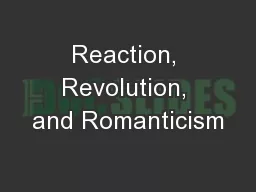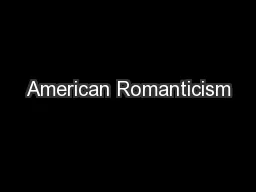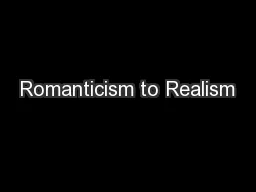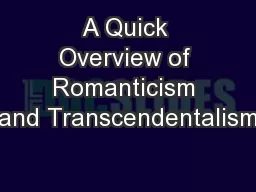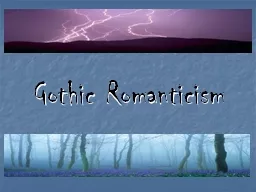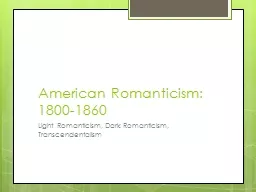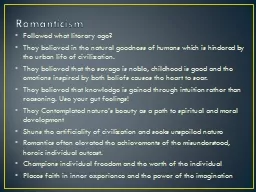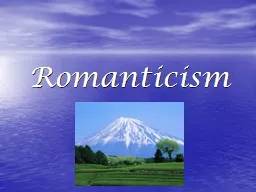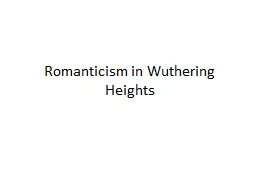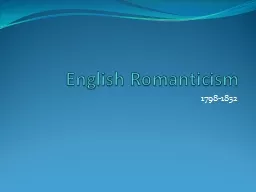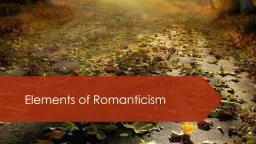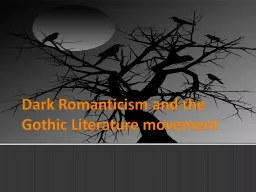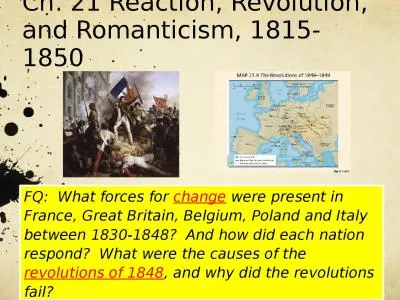PPT-Reaction, Revolution, and Romanticism
Author : celsa-spraggs | Published Date : 2017-04-14
32 AP European History University High School I The Conservative European Order The Dual Revolution FR Politics IR EconomicSocial Growth of industrial middle
Presentation Embed Code
Download Presentation
Download Presentation The PPT/PDF document "Reaction, Revolution, and Romanticism" is the property of its rightful owner. Permission is granted to download and print the materials on this website for personal, non-commercial use only, and to display it on your personal computer provided you do not modify the materials and that you retain all copyright notices contained in the materials. By downloading content from our website, you accept the terms of this agreement.
Reaction, Revolution, and Romanticism: Transcript
Download Rules Of Document
"Reaction, Revolution, and Romanticism"The content belongs to its owner. You may download and print it for personal use, without modification, and keep all copyright notices. By downloading, you agree to these terms.
Related Documents

